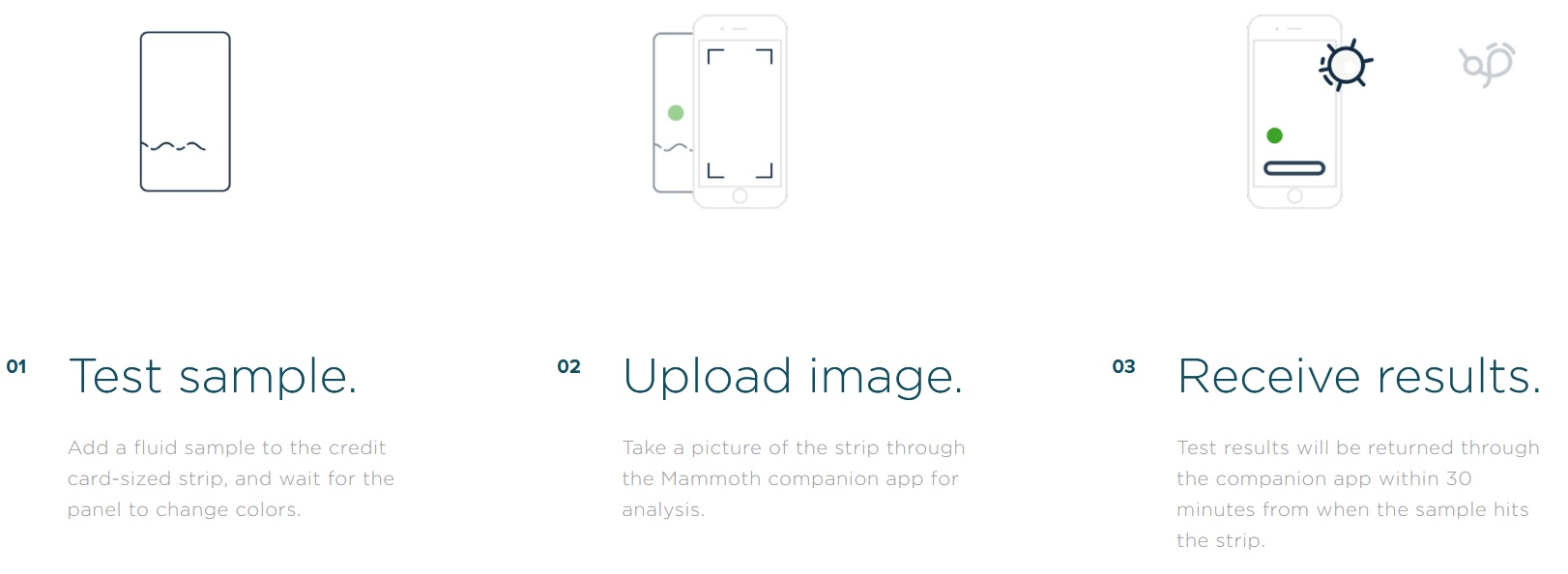https://gadgtecs.com/wp-content/uploads/2018/04/crispr-testing-dna.jpg
Finally, CRISPR may be moving out of the research lab and into your house.
A new biotech company called Mammoth Biosciences, co-founded by one of CRISPR's pioneer Jennifer Doudna, is creating an at-home CRISPR diagnostics kit. If it reaches the commercial market, this kit might replace“ Dr. Google” as the average individual’s go-to source for health diagnostics. And given how much the web makes us freak out about our well being (often for no cause whatsoever), that really can’t happen quickly enough.
[embed]https://www.youtube.com/watch?v=8Q1PFt2IiOg[/embed]
CRISPR is well-known for its gene-editing capabilities, however at its core, it’s actually a “biology’s search engine,” as Trevor Martin, CEO of Mammoth Biosciences, told The Verge. It’s capable of making precise genetic edits because it’s really good at finding the precise spot in a gene that it must slice.
Mammoth Biosciences' at-home kit takes benefit of this natural ability by directing CRISPR to seek forvery specific sequences linked to particular ailments or traits. The firm announced its platform this week. However, it is still in search of partners to create the specialised tests that would work on it.
“We're excited to partner with top firms, universities, and institutions in biomarker development who are looking to leverage our CRISPR-based platform to develop and/or commercialize their indications, from cancerand infectious diseaseto agriculture and industry,” the company’s site states.
How Will It Work
Here is how the platform will work. The person first places a sampleon the kit’s credit-card-sized piece of paper. This sample could be blood, saliva or urine (which one will likely depend onwhat is required for the particular test). Then, a CRISPR protein and its RNA guide search that sample for particular sequences of DNA or RNA. These sequences could be indicative of ailments such as Zika or malaria; a single test could search for multiple diseases.
[caption id="attachment_3437" align="aligncenter" width="1622"]
 The test process - Source: Mammoth Biosciences[/caption]
The test process - Source: Mammoth Biosciences[/caption]If one of those sequences turns up, the CRISPR system clips it. It also clips what Mammoth Biosciences calls a “reporter molecule,” which produces a colour that is visible to the nakedeye. Take a photograph of your piece of paper, and your phone app will let you know what CRISPR turned up in your sample.
According to a 2013 research report, at least 35% of Americans turn to the web to diagnose their (sometimes imagined) health issues. This is making us sicker, not more healthy. We usually get stressed out about what we read online. We pursue soemtimes harmful treatments. We take unnecessary trips to the doctor, exposing ourselves to real germs and diseases.
You May Like: Chinese Doctors Are Utilizing Modified T-Cells to Treat Advanced Types of Cancer
There’s so much data online, and the typical person just isn’t equipped to evaluate all of it and decide what’s helpful and what isn’t.
At-home kits may help us tackle this situationby taking the guess-work out of self diagnosis, and Mammoth Bioscience’s isn’t the only one in the works. Experts predict the DIY medical testing market will reach $340 million by 2022, and we already have kits targeted on everything from testing male fertility, to cancer, to HIV (with varying degrees of accuracy). We just hope this doesn't turn out to be another Theranos!
https://gadgtecs.com/2018/04/27/portable-kits-will-able-test-accurately-using-crispr/
Comments
Post a Comment